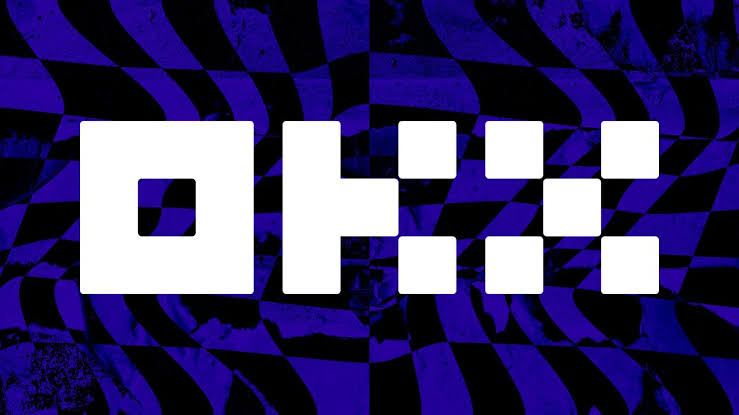Following the plans to establish a marketplace soon, OKX said that it is expanding support for Atomicals (ARC-20), Stamps (SRC-20), Runes, and Dogecoin’s Doginals (DRC-20) on its platform.
OKX has announced that on February 5, it will integrate the bitcoin token standard SRC-20 for reading and transmitting inscription standards. Later in February, it plans to integrate the standards for ARC-20, DRC-20, and Runes. Currently, 23 networks—including Bitcoin, Dogecoin, Ethereum, Polygon, BNB Chain, Avalanche-C, Arbitrum One, and several more—can be minted using the inscriptions tool of OKX Wallet.
After initially debuting on the bitcoin blockchain, inscriptions have been increasingly popular in the past year.
Over 58 million inscriptions and $166.8 million in BRC-20 fees have been paid on the bitcoin blockchain, according to data from Dune. Although inscriptions and Non-Fungible Tokens (NFTs) share many characteristics, they are not exactly the same. While NFTs are merely a connection between the blockchain and a JPEG or other file kept on a server, inscriptions are directly recorded on-chain. According to Jason Lau, Chief Innovation Officer of OKX, “it’s not a Web2 link, it’s a pure Web3 product” in a recent interview.
This lesson was discovered by anyone who bought an NFT through FTX’s marketplace in December 2022, when the bankruptcy officials took control of FTX’s servers and the ‘Web2 link’ between jpeg and chain broke, leading links to point to pages proclaiming the bankruptcy and NFTs to become blank. As long as the chain is in place, these items will endure forever, according to Lau.
For Web3 producers, Lau views inscriptions as a “new canvas.”
“It’s been a little over a year since the first public ordinal and inscription was minted. And throughout that year, the community has really grown… I think of it as a new canvas,” he said. “I like to use the word canvas because users and creators and different developers get to pick what characteristics and features that they want and choose the change that makes sense.”.
Lau gives the example of high-value, rare, or premium NFT collections going on bitcoin because of its premium block space and demand for high-quality ordinals and inscriptions.
In contrast, chains like as Solana, which emphasise the significance of having art and data immutably kept on-chain, might be appropriate for more approachable or mass-market enterprises. Lau conceded that there is a discussion about inscriptions on the Bitcoin blockchain, but he labels as fringe theorists those who argue that it is a waste or a form of blockchain pollution.
He declared, “I think it’s really a bitcoin maxi-driven sort of narrative.” “In our opinion, the network benefits from increased use of Bitcoin and its blockspace.”


